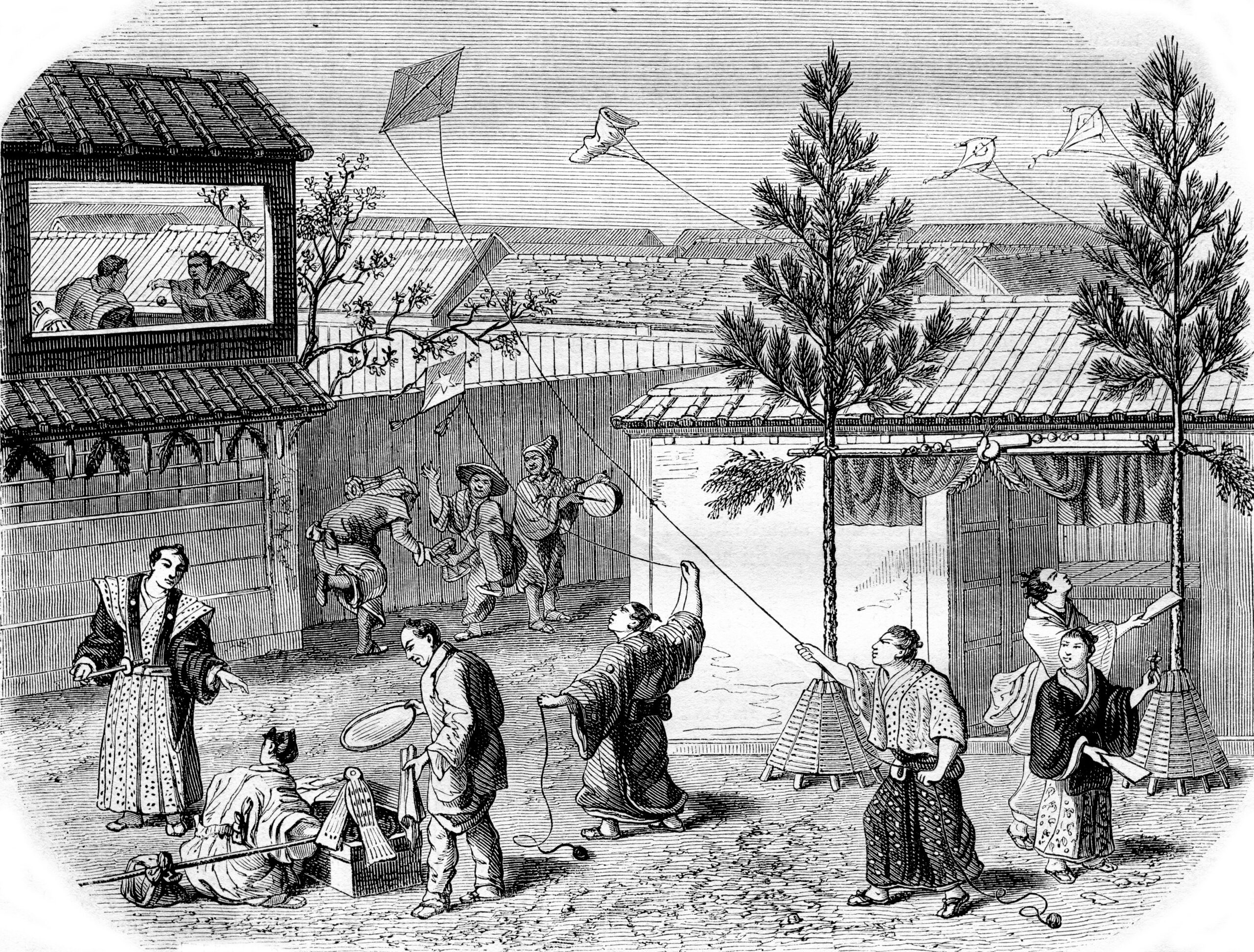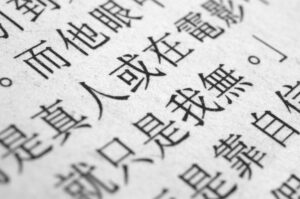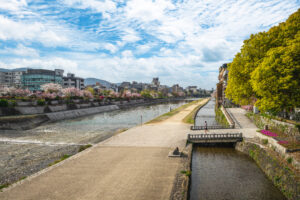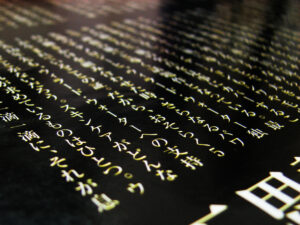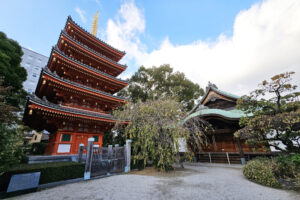In the mid-19th century, Japan stood on the precipice of an era that would redefine its place in the world. The Meiji Restoration, a revolutionary period marked by profound political, social, and economic changes, catapulted Japan from a feudal society into a modern nation-state. This transformation was not merely a change in governance but a cultural metamorphosis that touched every aspect of Japanese life. As we delve into the intricacies of this pivotal time, we uncover the layers of ambition, conflict, and innovation that forged modern Japan.
Dawn of a New Era: The Meiji Restoration Unveiled
The Meiji Restoration, beginning in 1868, heralded a new epoch for Japan. It was a period characterized by the overthrow of the Tokugawa shogunate and the restoration of the emperor to the pinnacle of power. This seismic shift marked the end of centuries of feudal rule and set Japan on a course towards rapid modernization. The architects of the Restoration were motivated by a desire to consolidate power and unify Japan in the face of Western encroachment, ensuring its sovereignty was preserved. The Meiji era, therefore, was born out of both an existential threat and an ambitious vision for the future.
The Shogun’s Last Stand: End of an Epoch
The final years of the Tokugawa shogunate were marked by growing internal strife and external pressure. The arrival of Commodore Matthew Perry’s "Black Ships" in 1853 exposed Japan’s technological inferiority and ignited a national debate on how to respond to the West. As factions within Japan clashed over the path forward, the shogunate’s inability to form a cohesive response eroded its authority. The pivotal moment came in 1867 when Tokugawa Yoshinobu, the last shogun, reluctantly relinquished power in the face of mounting opposition, marking the end of over two centuries of shogunal rule.
Emperor Meiji: The Architect of Modern Japan
Emperor Meiji, ascending to power at the tender age of fifteen, became the symbolic figurehead of Japan’s transformation. Under his reign, Japan embarked on an ambitious project to amalgamate the best of Eastern and Western traditions. The emperor’s role during this era was pivotal; he was both the spiritual leader of Japan and the embodiment of its aspirations for modernity. By endorsing policies that promoted industrialization, Westernization, and centralization of power, Emperor Meiji laid the foundation for Japan’s emergence as a global power.
Samurai Sunset: The Fall of Feudal Warriors
The Meiji Restoration initiated the decline of the samurai, the feudal warriors who had dominated Japanese society for centuries. The abolition of their privileged social status and the adoption of mandatory military service for all citizens undermined the samurai’s traditional role. The introduction of conscription and the formation of a modern, Western-style army signaled the end of the samurai’s era. While some adapted to the changing times, others struggled to find their place in the new Japan, leading to unrest and rebellion.
The Charter Oath: Blueprint for a New Nation
At the heart of the Meiji Restoration was the Charter Oath, a five-point document that served as the philosophical foundation for Japan’s modernization. Proclaimed in 1868, the Oath advocated for broad participation in governance, the abandonment of outdated customs, the adoption of international knowledge, and the strengthening of Japan’s productive capacities. This visionary document was a call to action, encouraging innovation, unity, and the pursuit of knowledge, which would lay the groundwork for Japan’s rapid transformation.
From Swords to Ploughshares: Industrial Revolution
The Meiji leaders embraced the Industrial Revolution with open arms, recognizing its potential to elevate Japan to the ranks of the Western powers. The government actively invested in infrastructure, such as railroads, telegraph lines, and modern factories, to spur economic development. Western technology was adopted, and foreign experts were invited to Japan to train its workforce. This period saw the rise of zaibatsu, powerful family-owned conglomerates, which played a crucial role in Japan’s industrial expansion. The shift from a feudal agrarian society to an industrial powerhouse was swift and transformative.
Western Winds: The Impact of Foreign Influence
The Meiji era was characterized by a profound openness to foreign ideas and customs, a stark contrast to the isolationist policies of the shogunate. Western fashion, architecture, and education systems were adopted, and English emerged as a major subject of study. This period of cultural borrowing was critical in shaping a new national identity that juxtaposed traditional Japanese values with Western innovation. The selective adoption of Western technology and customs enabled Japan to modernize without sacrificing its cultural heritage.
Education Overhaul: Building the Foundation of Growth
Recognizing that the future of Japan depended on the education of its people, the Meiji government embarked on an ambitious overhaul of the education system. Inspired by models from the United States and Europe, a national system of public education was established, emphasizing science, mathematics, and technology. This initiative aimed to produce a new generation of Japanese citizens capable of driving the country’s modernization efforts forward. The literacy rate soared, and a cadre of educated professionals emerged, equipped to lead Japan into the 20th century.
The Satsuma Rebellion: A Final Bid for Power
The rapid modernization and centralization of power under the Meiji government were not without resistance. The Satsuma Rebellion of 1877, led by Saigo Takamori, a former samurai and one of the architects of the Restoration, represented the last major challenge to the Meiji regime. The rebellion was fueled by dissatisfaction among samurai who felt disenfranchised by the new order. Despite its initial successes, the rebellion was ultimately quashed by the imperial government, signaling the definitive end of the samurai’s era and the unassailable ascendancy of the Meiji Restoration.
Meiji Japan on the Global Stage: Treaties and Relations
The Meiji Restoration had a profound impact on Japan’s foreign relations. The government’s focus on modernization and strengthening the military paid dividends as Japan renegotiated unequal treaties imposed by Western powers and asserted its sovereignty. Victories in the Sino-Japanese War (1894-1895) and the Russo-Japanese War (1904-1905) established Japan as a formidable military power in Asia. These triumphs, coupled with Japan’s participation in international events such as the Paris Exposition of 1900, heralded its arrival on the global stage as a modern nation.
Cultural Transformation: The West Meets the East
The Meiji era witnessed a cultural renaissance that saw the fusion of Eastern and Western artistic and cultural practices. Traditional arts like kabuki theatre and ukiyo-e prints were celebrated alongside Western music, painting, and literature. This period of cultural hybridity produced a rich tapestry of artistic expression that reflected the complexities and nuances of Japan’s identity during a time of profound change.
Legacy of the Meiji Era: Japan’s Path to the Future
The legacy of the Meiji Restoration is imprinted on every facet of contemporary Japanese society. Its emphasis on innovation, education, and national unity transformed Japan into a world power and laid the groundwork for its future advancements. As we reflect on this remarkable period of history, it is clear that the Meiji era was not just a chapter of change but a testament to the enduring spirit of a nation that continually seeks to redefine itself.
The Meiji Restoration stands as a monumental milestone in Japan’s history, marking the nation’s bold leap into modernity. Through a blend of Eastern wisdom and Western innovation, Japan emerged from the shadows of feudalism to become a beacon of progress and a major player on the world stage. The lessons of the Meiji era, with its emphasis on adaptation, education, and forward-thinking, continue to resonate today, offering timeless insights into the power of transformation and the unyielding spirit of human ambition.
